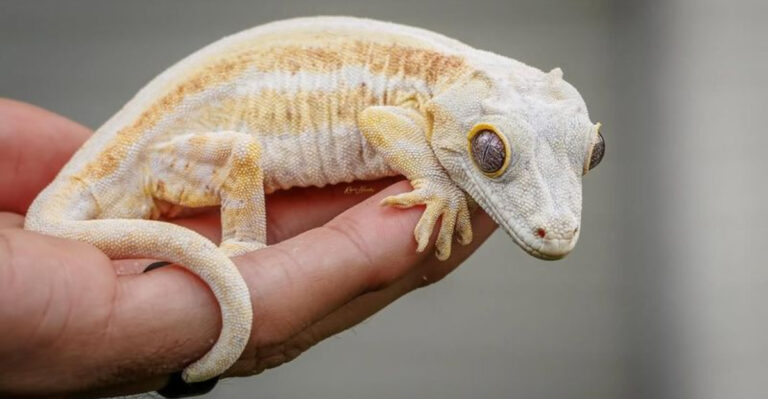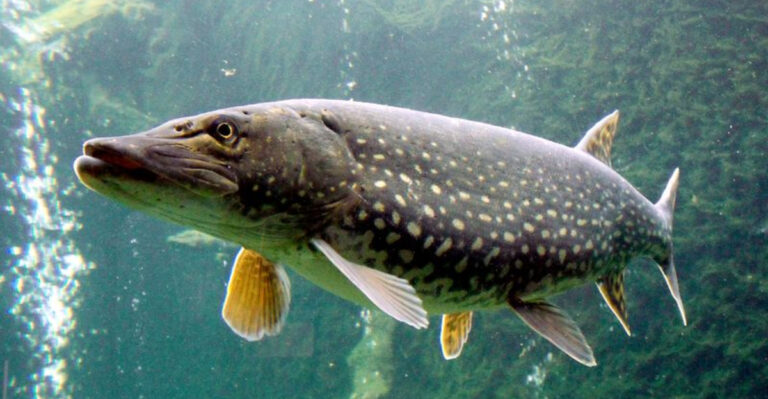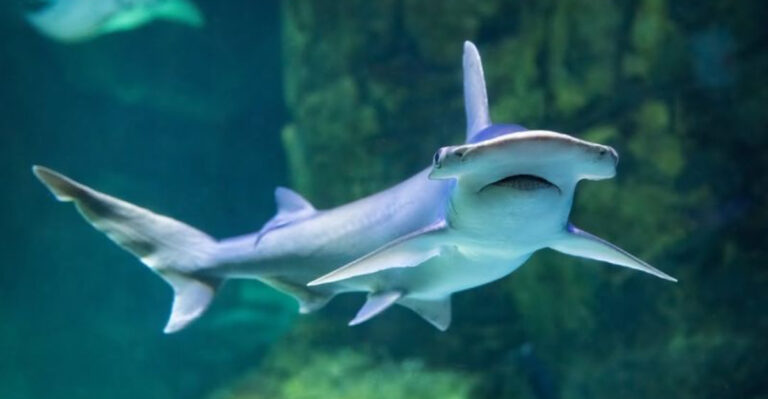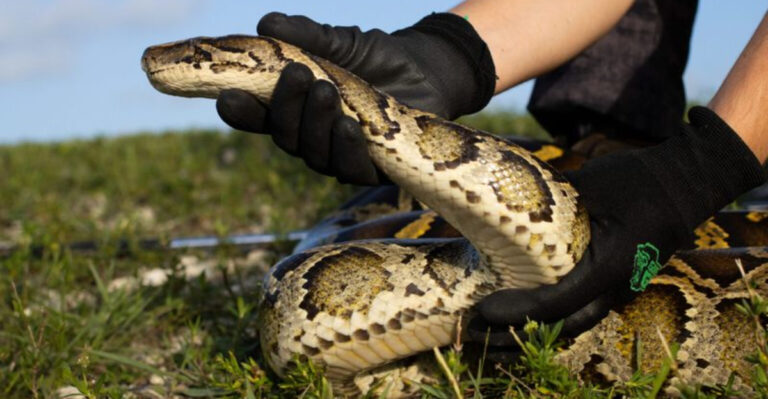The Largest And Smallest Bears Ever Spotted In The U.S.
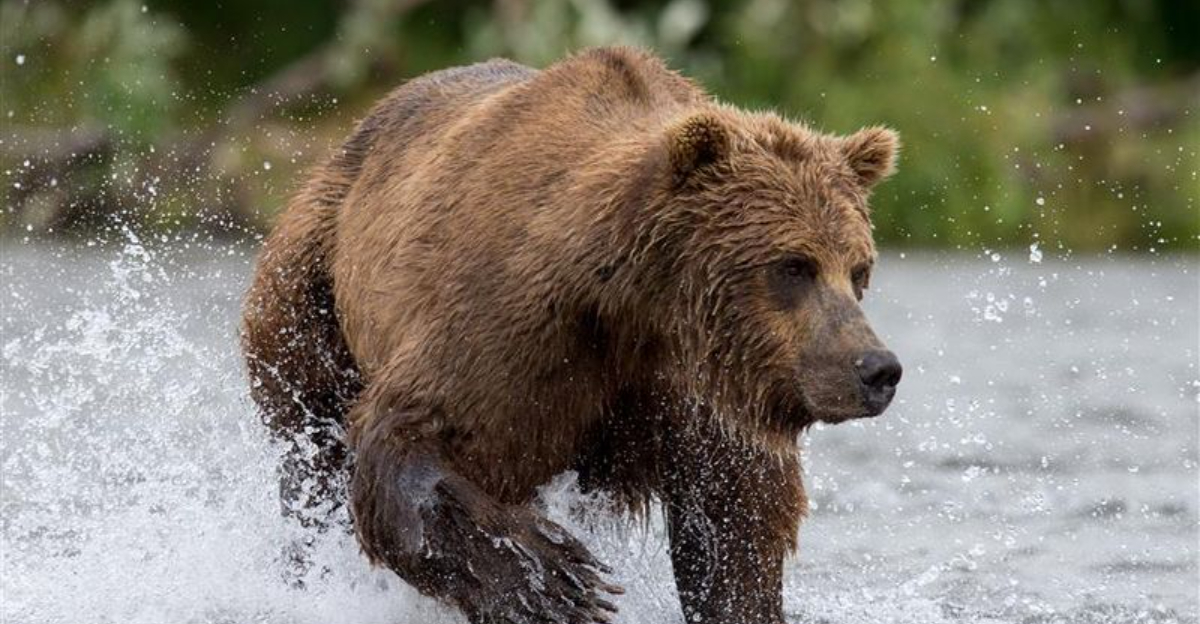
Bears have captivated Americans for centuries, from massive giants roaming Alaska’s wilderness to tiny cubs nestled in forest dens.
These magnificent creatures vary dramatically in size, with some weighing as much as a small car while others could fit in your hands at birth. Let’s explore the incredible size range of bears that have been spotted across the United States.
1. Kodiak Bear (Ursus arctos middendorffi)
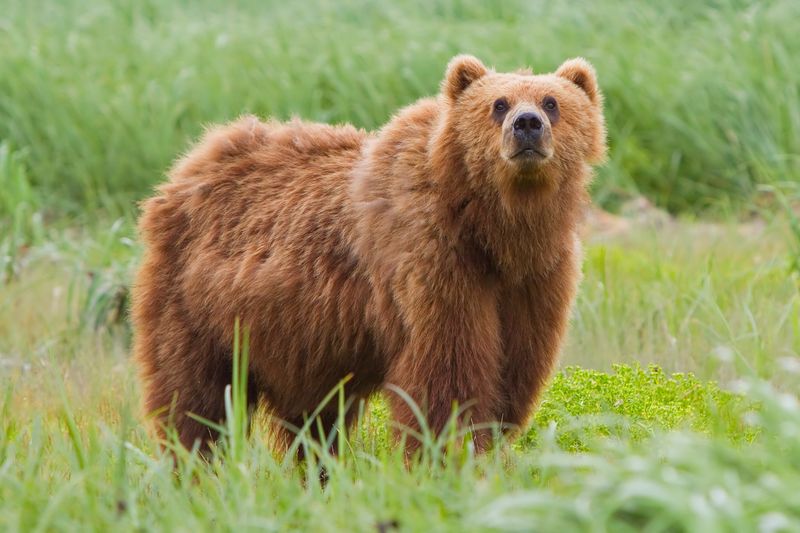
Giants of the north, Kodiak bears rule Kodiak Island with their massive 1,500-pound frames. When standing on hind legs, these behemoths tower over 10 feet tall, making them the undisputed heavyweight champions of North America.
Their remote island habitat has allowed them to evolve into these extraordinary dimensions, feasting primarily on the island’s abundant salmon runs and lush vegetation.
2. Alaska Peninsula Brown Bear (Ursus arctos gyas)
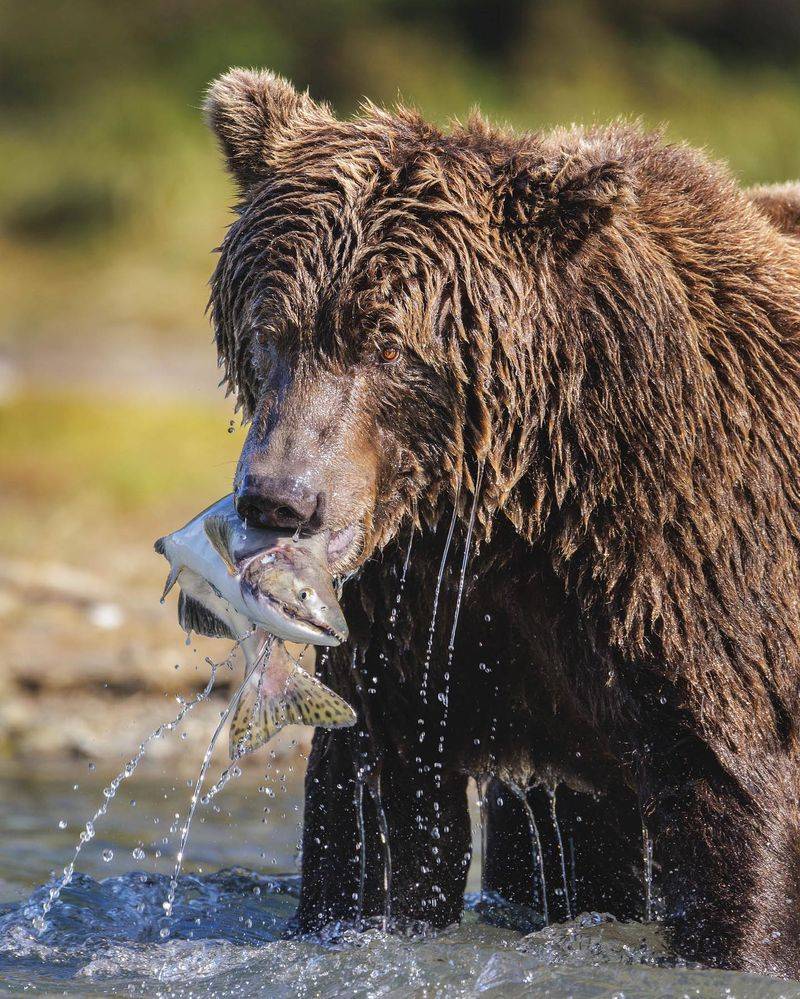
Tipping the scales at over 1,600 pounds, Alaska Peninsula brown bears rank among Earth’s most formidable land predators. Their massive size comes from gorging on protein-rich salmon during summer months, building essential fat reserves for winter hibernation.
These coastal giants have evolved larger bodies than their inland cousins due to their rich maritime diet and isolated genetic population.
3. Polar Bear (Ursus maritimus)
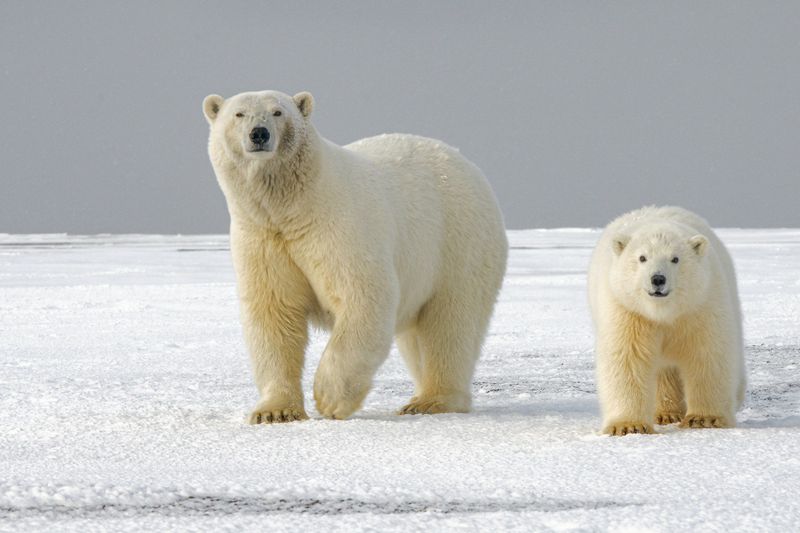
Arctic monarchs, polar bears can stretch beyond 10 feet long and weigh up to 2,200 pounds. Their massive paws function like snowshoes, distributing weight as they stalk seals across treacherous ice.
Climate change threatens these marine hunters as sea ice—their primary hunting platform—continues shrinking. Some polar bears now swim hundreds of miles between ice floes, expending precious energy reserves.
4. Grizzly Bear (Ursus arctos horribilis)
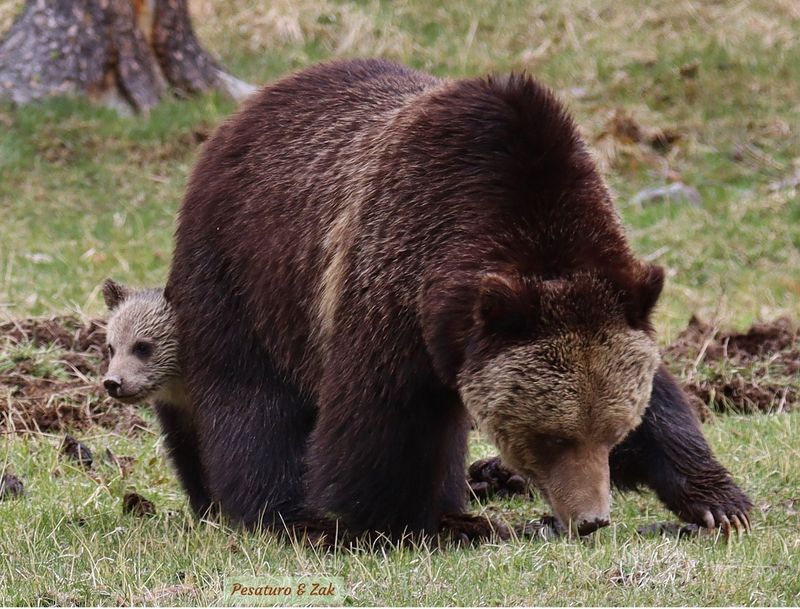
Legendary 1,000-pound grizzlies once roamed much of western North America. Their distinctive shoulder hump houses powerful muscles that enable them to dig for roots and tear apart logs searching for insects.
Human expansion has pushed these icons into more remote regions, though Yellowstone and Glacier National Parks remain strongholds. Despite their fearsome name, most grizzlies avoid humans unless surprised or defending cubs.
5. Black Bear (Ursus americanus)
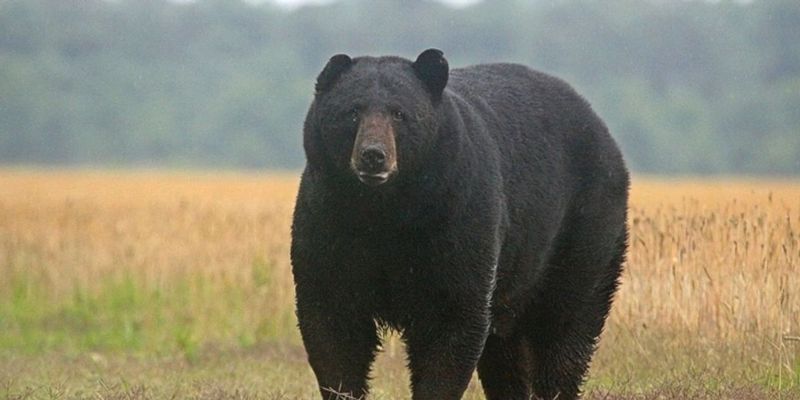
Don’t let the name fool you—black bears come in various colors, including cinnamon, brown, and even white! Eastern specimens can reach surprising sizes, with record-holders exceeding 800 pounds.
These adaptable omnivores thrive in diverse environments from Florida swamps to Maine forests. Their success comes from a varied diet including berries, nuts, insects, and occasional meat, allowing them to flourish where other bear species struggle.
6. Alaskan Brown Bear
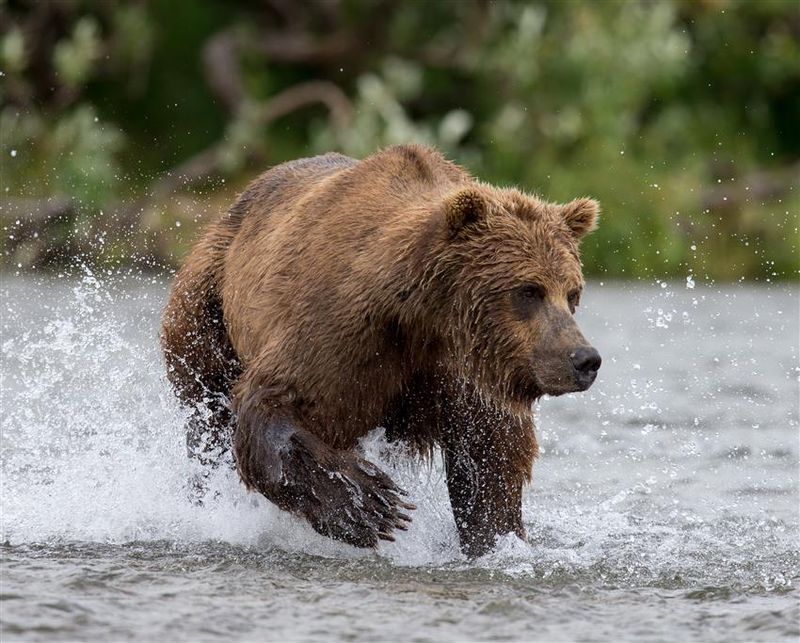
Magnificent 1,500-pound Alaskan brown bears dominate the state’s coastal regions. During salmon runs, these colossal creatures gather at waterfalls, snatching leaping fish mid-air with stunning precision.
A single bear might consume 90 pounds of salmon daily during peak season! This protein bonanza fuels their tremendous growth and helps them survive long winter hibernation. Their presence shapes entire ecosystems, transferring marine nutrients inland.
7. Lava Bear (Historical Record)
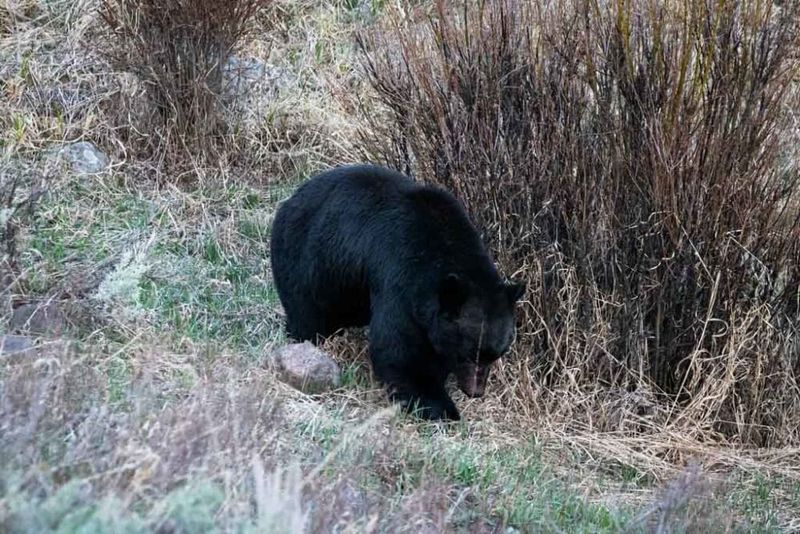
Early 20th century Oregon settlers reported encountering unusually small black bears around lava fields. These ‘lava bears’ sparked local legends and scientific curiosity, with some specimens reportedly weighing just 150 pounds as adults.
Modern biologists believe these were likely malnourished black bears struggling in the harsh volcanic terrain. The poor food supply and isolated habitat likely contributed to their stunted growth, creating the illusion of a distinct subspecies.
8. Sun Bear (Helarctos malayanus)
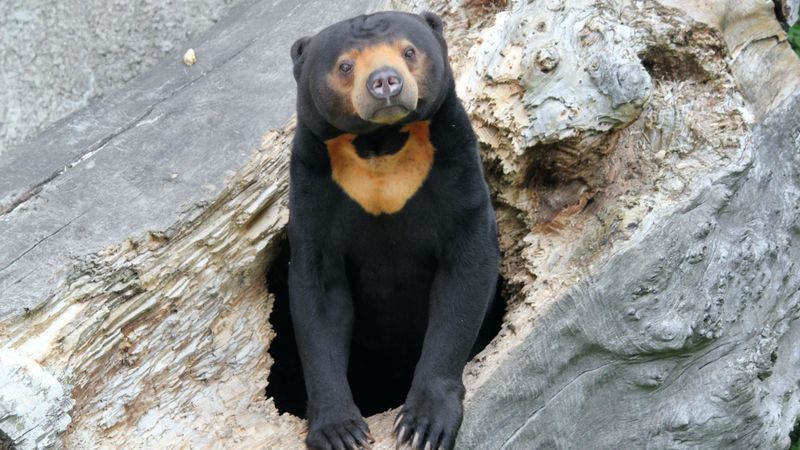
Though not native to America, sun bears have been spotted in U.S. zoos and private collections. Weighing just 60-145 pounds, these Southeast Asian bears are the world’s smallest bear species.
Their name comes from the distinctive golden chest patch resembling a rising sun. With remarkably long tongues for extracting honey and insects from tree cavities, these tiny bears face severe habitat loss in their native tropical forests.
9. Andean Bear (Tremarctos ornatus)
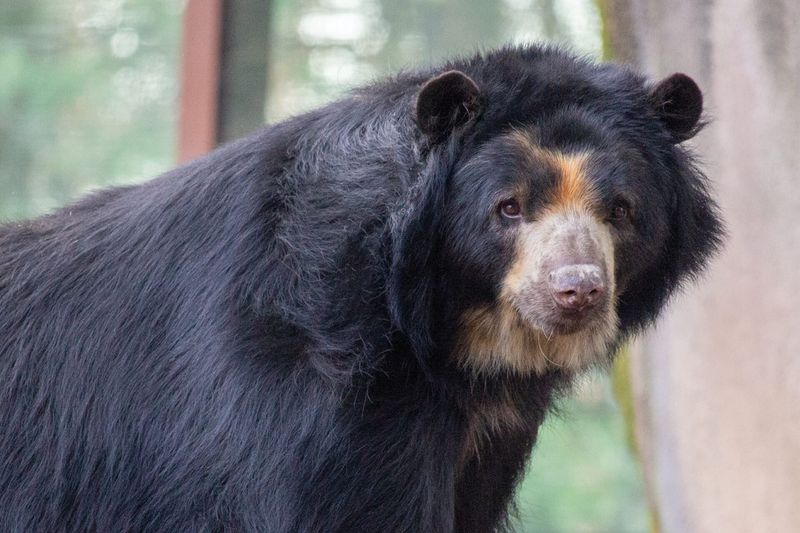
Sometimes called spectacled bears for their distinctive facial markings, these South American natives occasionally appear in American zoos. Males typically weigh just 220-340 pounds—downright petite compared to their northern cousins!
Their unique diet consists largely of bromeliads and palm hearts found in Andean cloud forests. Conservation efforts focus on protecting their rapidly shrinking habitat, with fewer than 18,000 individuals remaining in the wild.
10. Sloth Bear (Melursus ursinus)
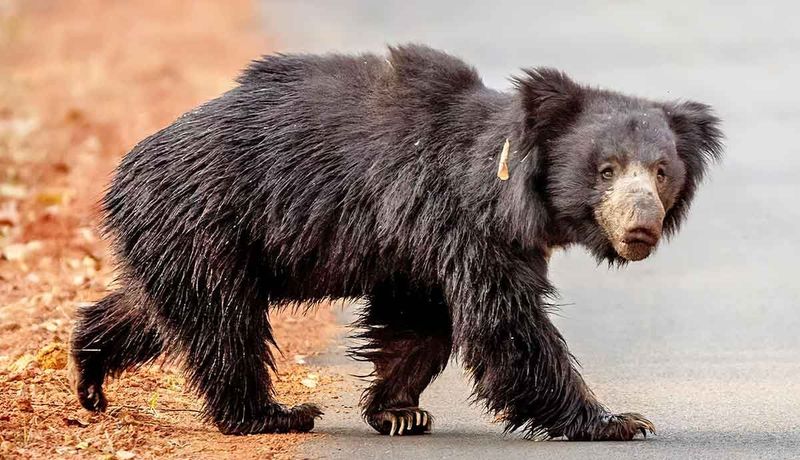
Shaggy-coated sloth bears from India occasionally make appearances in American zoos. These unique bears have evolved missing front teeth and a specialized snout perfect for vacuum-sucking termites from mounds.
Their name comes from early taxonomists who mistakenly classified their hanging upside-down feeding posture as sloth-like behavior. Despite weighing just 200-300 pounds, they’re surprisingly aggressive when threatened, especially mother bears protecting cubs.
11. Black Bear Cubs

Born during winter hibernation, black bear cubs enter the world at a mere 8 ounces—smaller than a guinea pig! These blind, hairless infants rely completely on mother’s milk rich in fat and nutrients.
By spring emergence, they’ve typically grown to 5-7 pounds. Cubs stay with their mother for about 17 months, learning crucial survival skills like foraging, climbing, and avoiding predators before striking out on their own.
12. Grizzly Bear Cubs
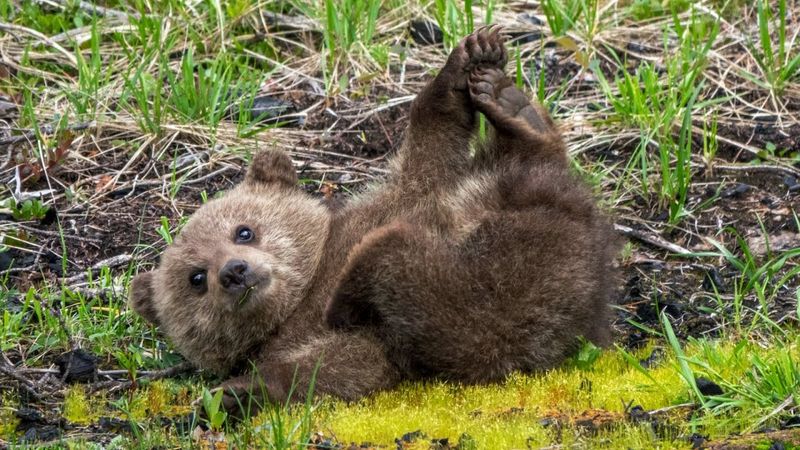
Fierce grizzlies begin life as pound-sized bundles of vulnerability. Born during winter hibernation, these tiny cubs are blind, toothless, and nearly hairless—a stark contrast to their fearsome adult form.
Mother’s milk, containing up to 33% fat, fuels their rapid growth. Grizzly mothers fiercely protect their small cubs, creating the most dangerous bear encounter scenario for humans who unwittingly come between them.
13. Polar Bear Cubs
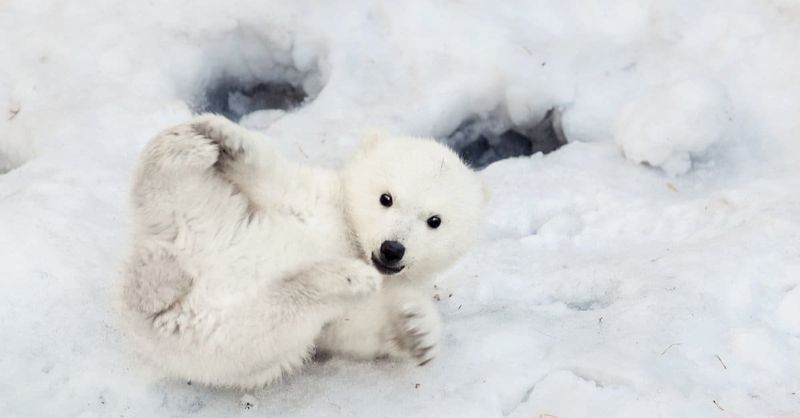
Arctic royalty begins life surprisingly small—polar bear cubs weigh just about a pound at birth. Inside snow dens, blind cubs nurse on milk containing 31% fat, quadrupling their weight within the first month.
Mother bears don’t eat during the 4-8 months they nurse cubs in the den, surviving on stored fat reserves. When families finally emerge onto the sea ice, the once-tiny cubs have grown to around 25-35 pounds.
14. Kodiak Bear Cubs
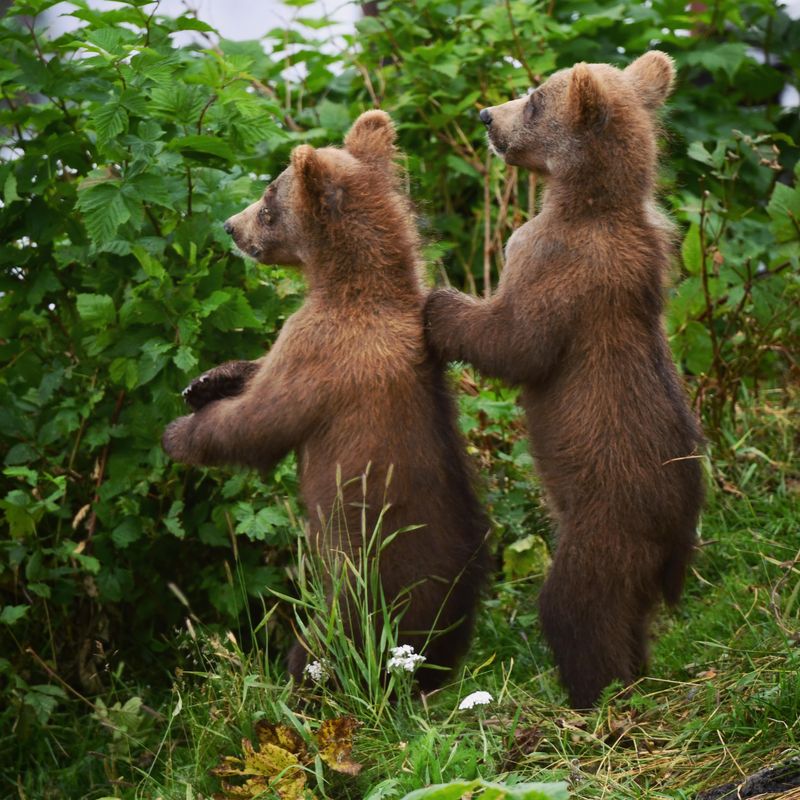
Future giants start small—Kodiak cubs weigh just about a pound at birth. Born in winter dens while mother hibernates, these tiny cubs develop rapidly on extremely rich milk.
By the time they emerge from the den in spring, they’ve grown to 15-20 pounds. The mother will fiercely protect her cubs for 2-3 years, teaching them to fish for salmon in Kodiak’s abundant streams before they venture out independently.

